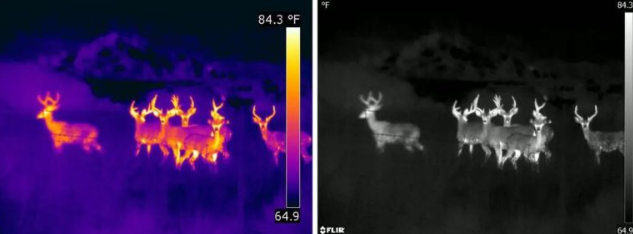Thermal imaging cameras are actually sensors that detect heat rather than cameras (also called thermal energy or infrared). These devices detect radiation in a technical sense. The amount of radiation increases as the temperature rises.
FLIR and Fluke cameras make pictures from heat, not visible light. Although heat (also known as infrared or thermal energy) and light are both parts of the electromagnetic spectrum, a camera that can detect visible light will not detect thermal energy and vice versa.

A thermal imager can detect minute differences in heat and display them as an image (or thermogram) on a screen with enough precision. Temperature differences as small as 0.01°C can be detected by some of the world’s most sophisticated devices. Temperatures are represented by different colors, so in a black and white thermal image, the lighter the color, the hotter the object (newer thermal imagers can invert this or use a wide variety of colors). Humans, animals, and automobiles all produce heat and are typically warmer than their surroundings, allowing a thermal imager user to get a good look at them. Because their body temperature adjusts to their surroundings, coldblooded animals like snakes and alligators are more difficult to see.


